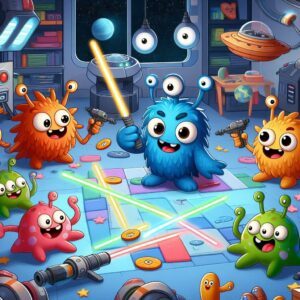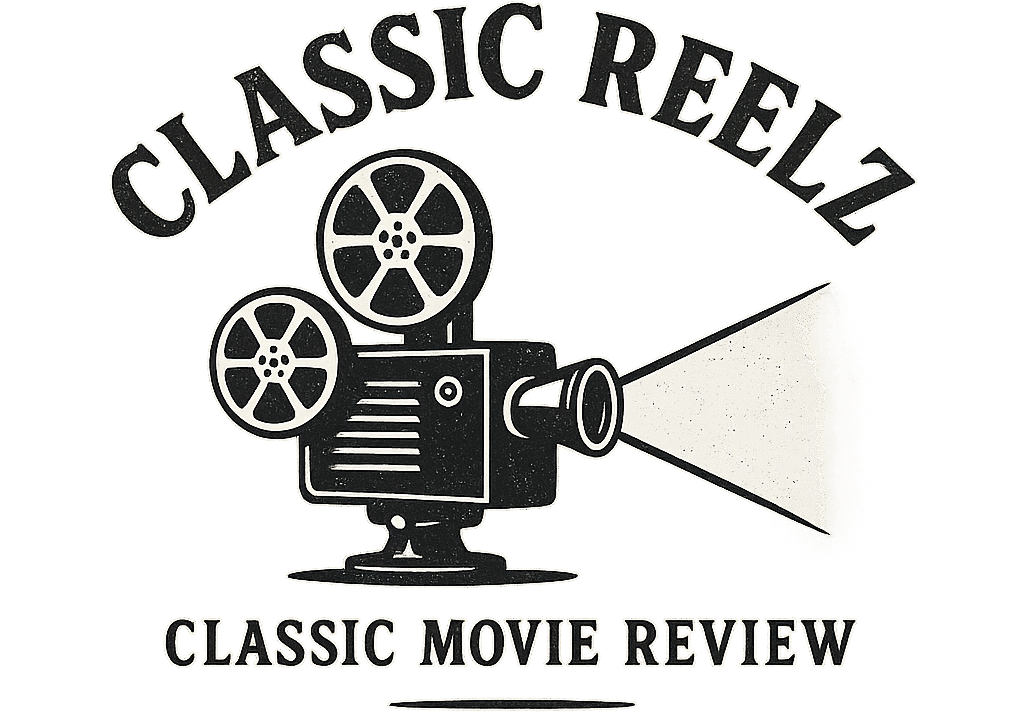The Last Jedi doesn’t just shift gears; it slams the accelerator to the floor. It’s this dynamic change that both intrigued and infuriated audiences. Unlike the traditional hero’s journey found in earlier Star Wars flicks, this movie ventures into unpredictable territory, challenging what fans had come to expect. For those who love surprises, it’s a thrilling ride. For die-hard fans of the saga, it was a shockwave that rumbled through the galaxy.
 Director Rian Johnson had a vision that seemed to be bold and risky at first. He aimed to push boundaries and explore the Force from fresh perspectives. But as often happens with visionary approaches, not everyone felt the magic. The traditionalists wanted their well-trodden path, and this was anything but predictable. By straying from the tried-and-true formula, Johnson created a divide as wide as the trench in the Death Star.
Director Rian Johnson had a vision that seemed to be bold and risky at first. He aimed to push boundaries and explore the Force from fresh perspectives. But as often happens with visionary approaches, not everyone felt the magic. The traditionalists wanted their well-trodden path, and this was anything but predictable. By straying from the tried-and-true formula, Johnson created a divide as wide as the trench in the Death Star.
The movie tries to balance these daring choices with the expectations of fans spanning generations. The Force Awakens set the stage, and The Last Jedi was supposed to build on that foundation. Yet, it chose reinvention over repetition. Some see it as a much-needed update, while others view it as a departure from the core essence of the saga. Navigating these expectations was like flying through a meteor field, uncertain yet exhilarating.
Debates on Legacy: Respecting or Ruining Original Characters?
When it comes to iconic characters like Luke Skywalker, opinions fly faster than a podracer. The Last Jedi offers a version of Luke that’s much less heroic and magical, showing him grappling with failure and disillusionment. The attempt is understandable – a legendary hero brought down to earth. However, it comes across like a betrayal, a diminishing of the iconic childhood hero.
Leia Organa’s path takes an unexpected turn, tapping into her deep connection with the Force in ways the previous movies only hinted at. This development surprised many, raising questions about unrealized potential that was either intriguing or jarring.
Characters like Chewbacca and R2D2 don’t get much screen time, leaving fans longing for those classic adventures. Their minimized roles feel like a nod to nostalgia rather than meaningful participation. It’s a tricky balance trying to honor the past while stepping into new stories, and this choice left some fans feeling like they got the short end of the lightsaber.
It’s important to remember that revisiting and reshaping these beloved characters can either rejuvenate them for new audiences or alienate those who cherished the originals.
Character Development: Dynamics of New Introductions and Progressions
Rey, Finn, and Poe Dameron are the trio at the heart of this sequel trilogy, but how they progress in The Last Jedi leaves many scratching their heads. Rey’s journey towards self-discovery and mastering her powers offers layers to her character, yet lacks the satisfying depth anticipated from her setup in The Force Awakens.
Finn, starting as a promising character with a compelling arc in escaping the First Order, finds himself in a somewhat filler role, particularly through the Canto Bight side quest. His growth feels sidelined, causing debates on whether his narrative was fully capitalized on.
Poe Dameron, the hot-shot pilot, wrestles with leadership and responsibility. It strays too far into reckless territory, altering the cocky yet competent ace semblance he initially exuded.
Introducing Rose Tico and Admiral Holdo brought fresh faces and stories to explore. However, they received mixed reactions. Rose’s intentions and motivations are clear, but brings nothing more than sidekick with words of encouragement. Admiral Holdo’s mysterious and lackluster authority puzzled many until her pivotal self-sacrifice moment, sparking debates about her true place and contribution to the narrative.
Kylo Ren and Supreme Leader Snoke bring a dark and chilling presence. Kylo’s internal conflict and desire to break free from all expectations make him a fascinating character study. Meanwhile, Snoke leaves audiences in complete shock and awe, with his sudden demise raising eyebrows and questions about his impact and significance.
Plot Points and Dialogues: Weaving the Star Wars Narrative Fabric
The Last Jedi’s narrative ambition is clear, aiming to unfold themes that challenge traditional Star Wars tropes. One of the most debated plot choices is the Canto Bight subplot. While it offers commentary on war profiteering and introduces a world rich in visual tapestry, many argue it diverts from the central storyline and underutilizes Finn’s potential.
However, the film’s narrative disruptions do provide a fresh lens on the saga. By taking unexpected turns, such as Holdo’s dramatic hyperspace maneuver, the movie ignites discussions about sacrifice and leadership, asking viewers to rethink heroism in the galaxy far, far away.
The themes of hope, failure, and redemption run through the movie like a lifeline connecting the new and the old. Luke’s acceptance of his past and his spectral guidance for the future exemplify these themes, infusing them with a contemporary voice that resonates differently with each viewer.
Dialogues deliver a mix of humor and gravitas, often catching viewers off guard. The tone can shift rapidly, sometimes leaving fans yearning for the classic epic feel of earlier films. Yet, this blend endeavors to reflect a galaxy teetering on the edge of change, much like the themes the film explores.
When you peel back the layers, these plot elements encourage a deeper reflection not just on the story itself, but on what this saga means to its audience. Here lies a chance to explore which narrative paths align with your understanding of Star Wars and which ones challenge you to see the Force—and the universe—in a new light.
This post contains affiliate links. If you make a purchase through these links, I may earn a commission at no extra cost to you.
